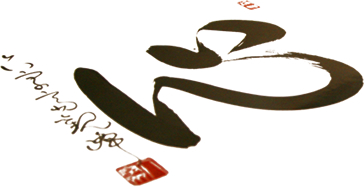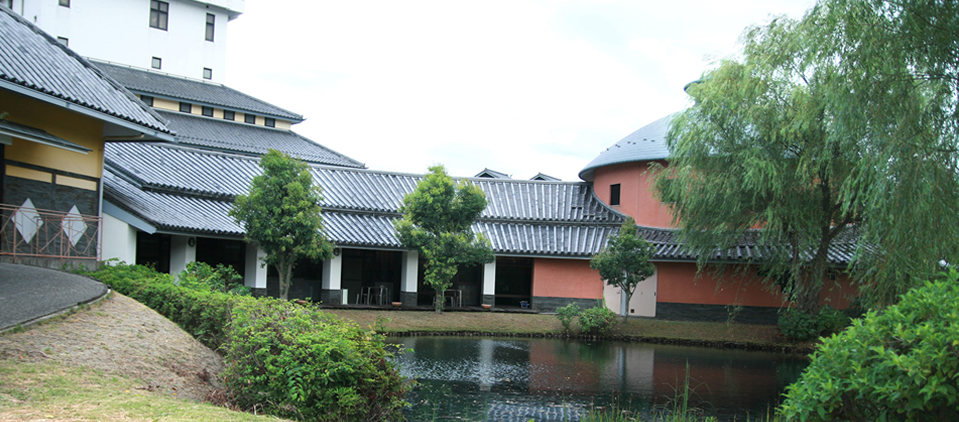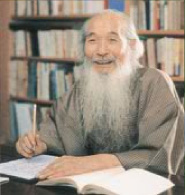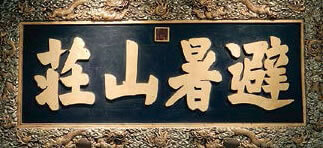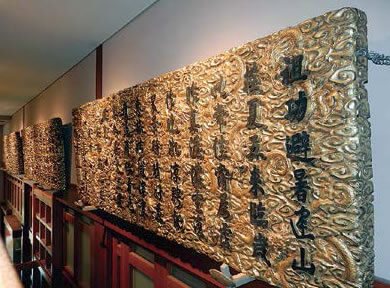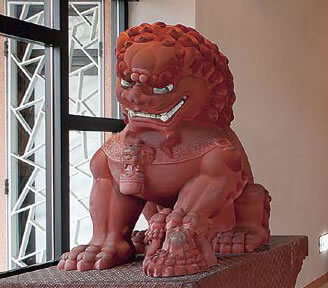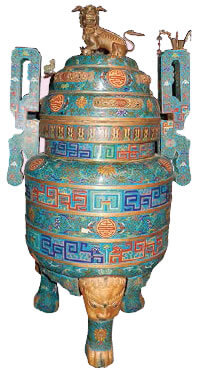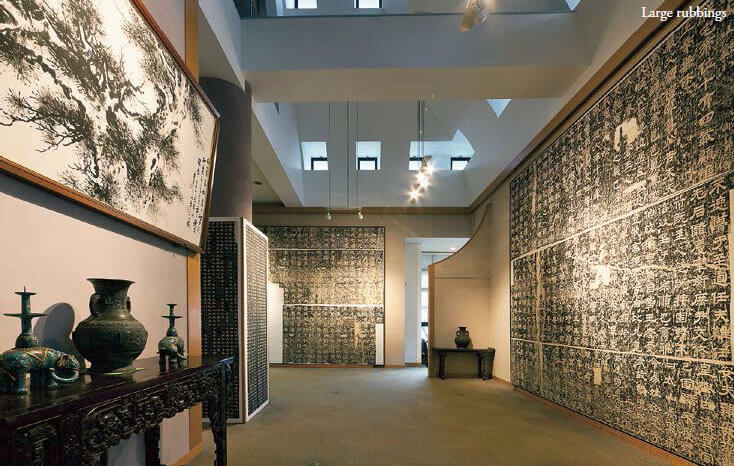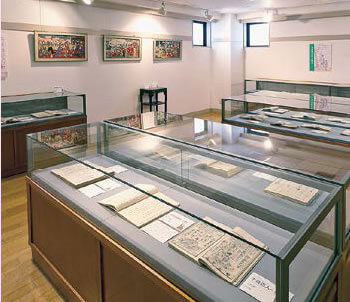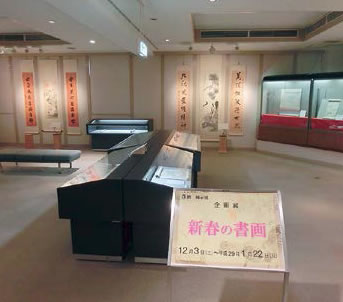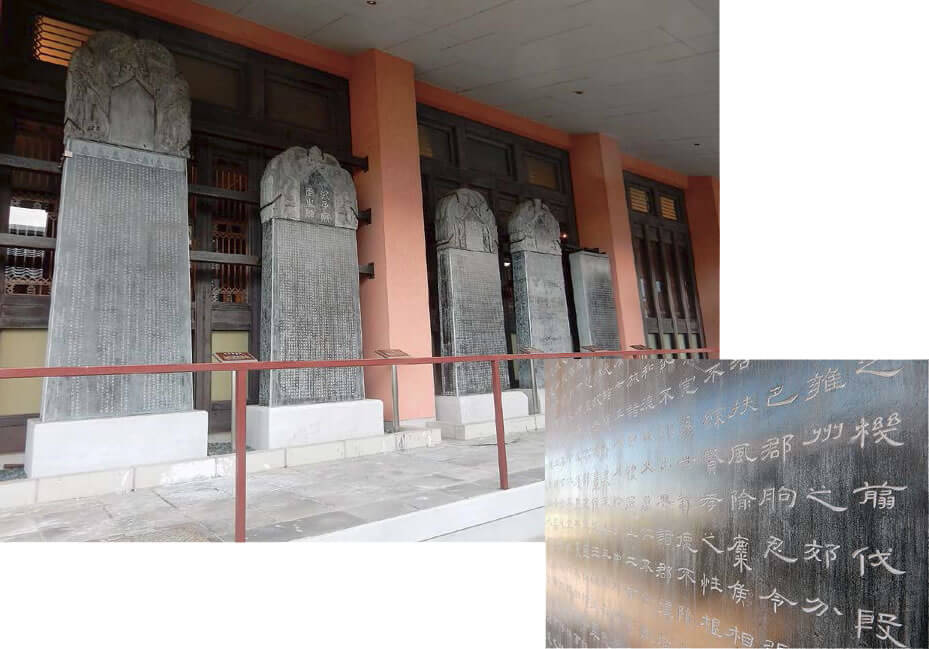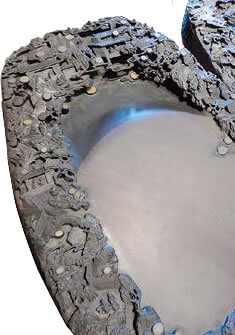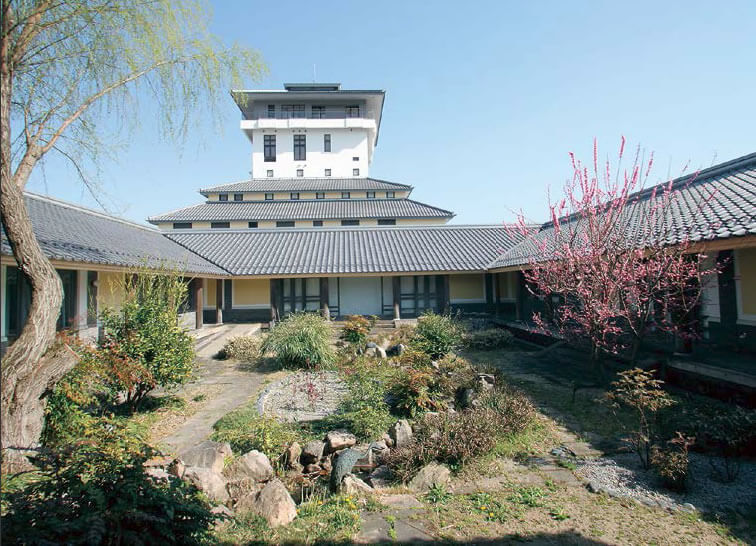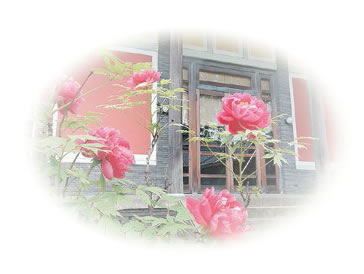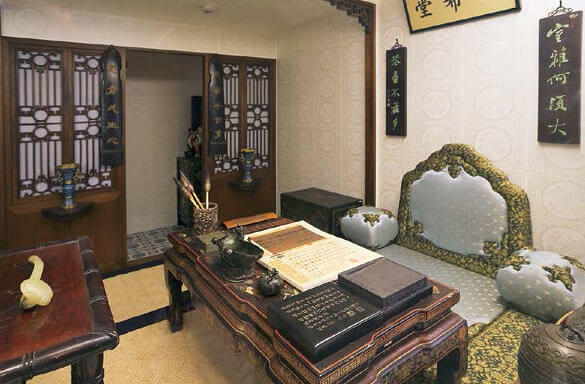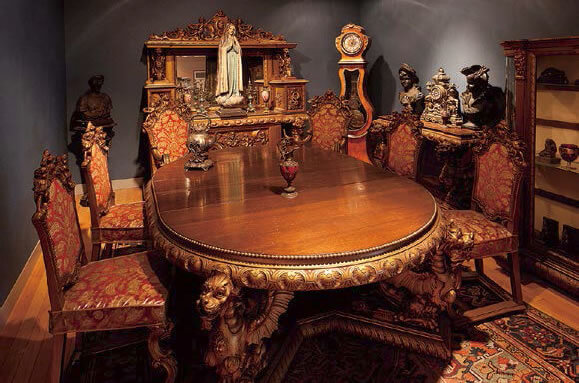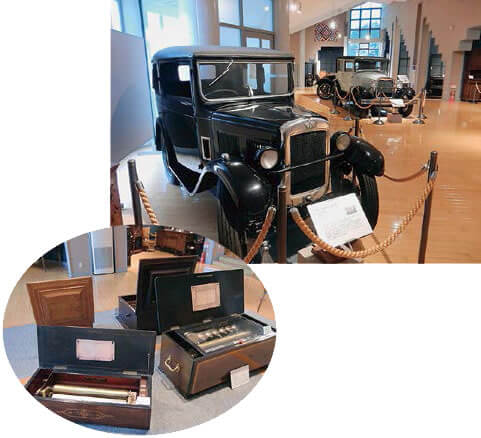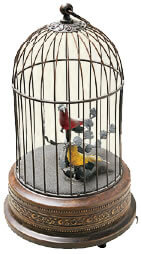Kampo Museum was named after the founder of Japanese calligraphy, Kampo Harada (whose real name was Kotaro Harada; Kampo was his pseudonym).
Advocating “proper and beautiful calligraphy of love,” Kampo Harada launched a business to provide correspondence calligraphy courses in 1953. Since then, the business has developed to cover the whole country.
In 1985, the organization operating the business was turned into the Japan Calligraphy Education Foundation, a public-interest corporation, and now runs calligraphy classes across Japan for many people to learn calligraphy by modeling Kampo’s works.
After the death of Kampo Harada in July 1995 at the age of 84, Kampo Museum was opened in October 1995 in Higashiomi-shi (former Gokasho-cho), Shiga to display a large number of cultural and educational materials including calligraphy-related materials that he took 30 years to collect.
